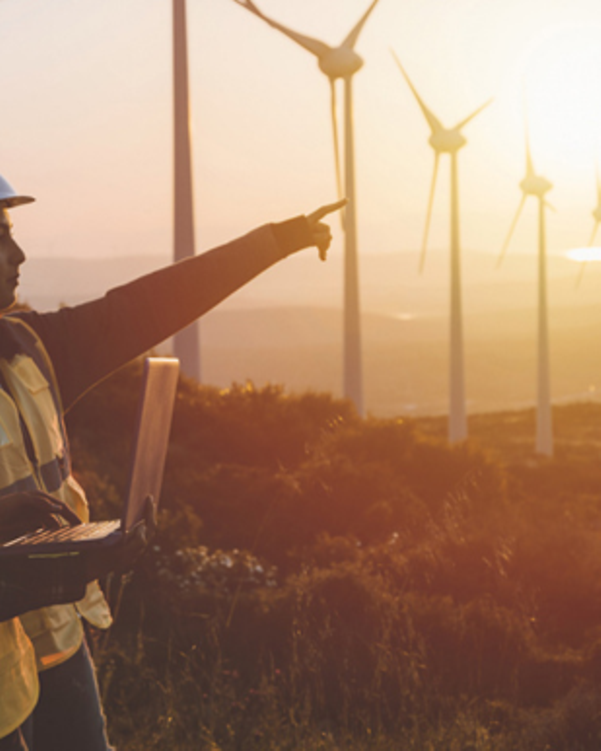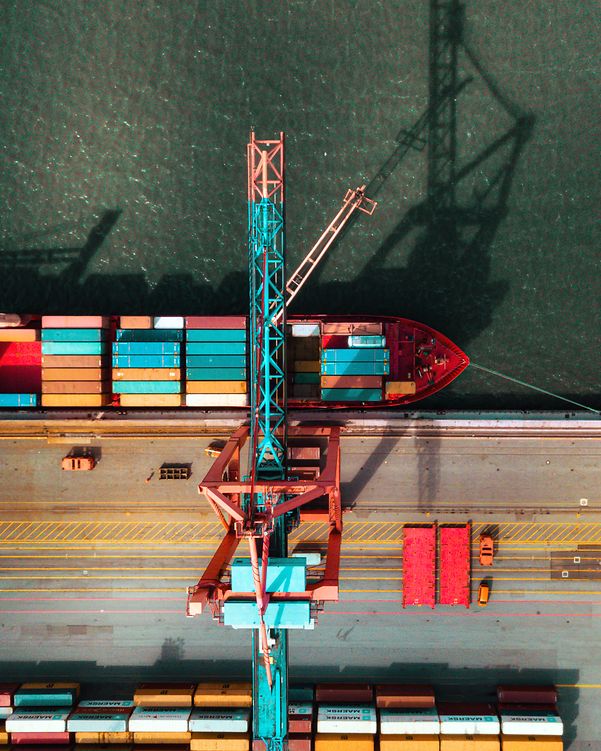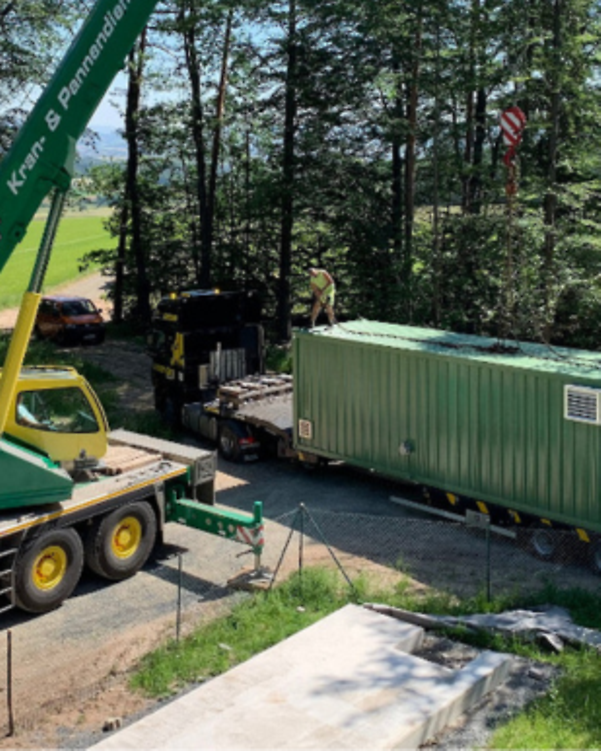Condition monitoring and the Industrial Internet of Things (IIoT) work hand in hand to maximise the efficiency and reliability of machines. IIoT enables sensors to be integrated on a large scale into machines, systems and goods carriers in order to continuously monitor various operating parameters such as vibrations, temperature, pressure and humidity. These sensors are often wirelessly networked and send their data in real time via the IIoT network to centralised or cloud-based systems.
The collected data is then transmitted in real time via IIoT platforms and evaluated using advanced analysis tools, including big data and artificial intelligence. This allows anomalies and potential problems to be detected at an early stage. Thanks to IIoT connectivity, machines, systems and goods carriers can even be monitored and controlled remotely. Technicians and managers can access the status of the machines at any time via mobile devices or central control centres and intervene immediately if necessary, even if they are not on site. By combining condition monitoring and IIoT, companies can thus move from a reactive to a preventive and predictive maintenance strategy.














